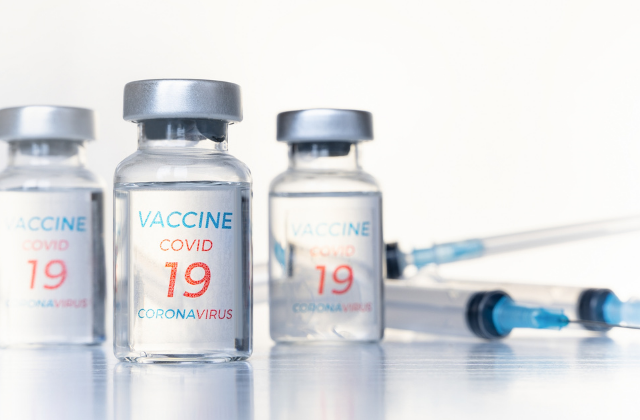The CDC’s COVID-19 data tracker shows U.S. vaccination statistics by race and ethnicity. Currently, almost 46 percent of American Indians and Native Alaskans have gotten at least one dose and almost 40 percent have been fully vaccinated.
A PBS article highlighted the “the successes—and challenges—of getting vaccines to urban Native American communities.” Native communities were some of the hardest hit by the pandemic. As the feature reported:
…the U.S. Indigenous population had more than 3.5 times the infection rate, more than four times the hospitalization rate, and a higher mortality rate than white Americans, reports the Indian Health Service (IHS), a federal health program for American Indians and Alaska Natives. Official data reveals that the Navajo Nation, the largest tribe in the U.S., has been one of the hardest-hit populations, reporting one of the country’s highest per-capita COVID-19 infection rates in May 2020, the Navajo Times reports.
Epidemiologists say that the number of COVID-related deaths in Native communities is likely undercounted because of various structural issues and lack of shared data between tribal agencies. But there have also been success stories related to stemming the spread of coronavirus in Native communities.
The AP reported that through “early education campaigns, an emergency declaration, and other safety precautions,” the San Carlos Apache Tribe went from one-third of its on-reservation population being infected to bringing the average number of new cases down to less than 1 percent a week. In June, Blackfeet Nation in Montana reported that “roughly 98 percent of its eligible population” has been fully vaccinated
Health experts and leaders of public health programs say that many Native people see getting vaccinated as a way to protect their families and communities—whether in cities or on reservations. Kerry Hawk Lessard, the executive director of Native American LifeLines said that the “language you hear throughout Indian country is ‘be a good relative.’ Do this for the grandmas, do this for the ceremony, do this for the language, because our people are precious…We already lost a lot. We can’t afford to lose more.”
